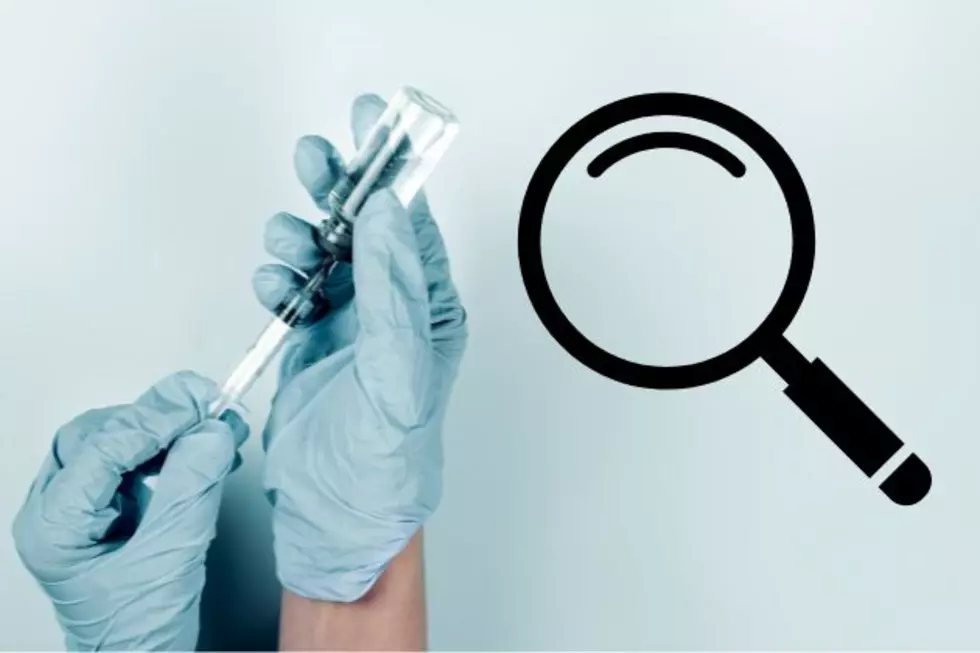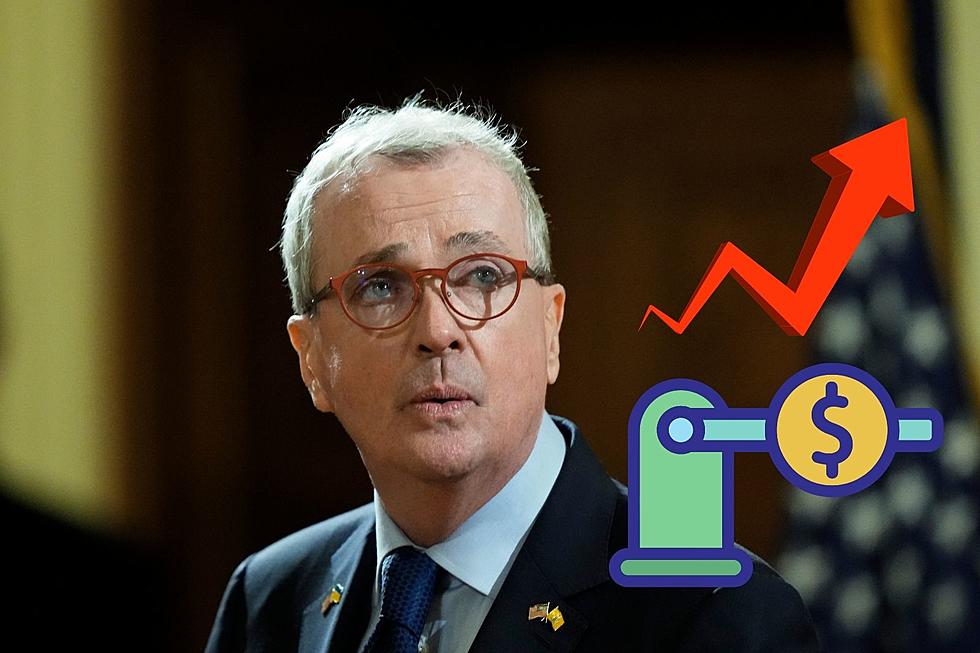Positive COVID trends, but restrictions will remain in NJ — Top News for 12/24
Gov. Murphy has continued to stress what appear to be dramatic increases in novel coronavirus infections and increases in hospitalizations over the last many weeks, while New Jersey's rate of transmission has now dropped to among the lowest in the nation.
Earlier this week, Murphy cited a 25% increase in hospitalizations and a 30% increase in the number of patients needing intensive care compared to Thanksgiving. He noted a 20% increase in the number of positive tests since the beginning of December. He used those numbers to implore New Jersey residents to keep Christmas gatherings small and to avoid New Year's Eve celebrations. He has cited those numbers as a need to maintain tight restrictions on the behaviors of residents and businesses.
As a percentage, the numbers look grim. However, the raw numbers show far fewer hospitalizations than during the peak of the first wave of infections in the spring, when more than 8,000 patients had been admitted. New Jersey is also testing as many as 40,000 people a day for COVID-19, which Murphy admits is five to six times the testing capacity we had at the start of the pandemic.
One of the best gauges of how quickly the virus is spreading is the "rate of transmission," or RT. It demonstrates how many more people contract COVID-19 from a single infected person. Ideally, you want the RT below 1.0. That would indicate the virus is not rapidly spreading, and the number of new hosts is dropping. Using numbers reported daily from the New Jersey Department of Health, we have been tracking a decline in the RT for more than a week. At 0.97, New Jersey has one of the lowest rates of transmission in the nation. We are one of just a handful of states with an RT below 1.0.
When asked about it earlier in the week, Murphy downplayed the significance, saying, "We're happy for it, but its not worth any celebration.”
Now, the governor and the health department's Director of Communicable Disease Services, Dr. Ed Lifshitz, acknowledged the positive trend and hinted the worst may soon be behind us. Lifshitz says the RT data is delayed about a week, and that could explain the increase in hospitalizations.
“My hope is that what we are seeing is that we are now cresting near the top of the curve and we will begin to hopefully see it begin to drop down again,” he said. While acknowledging the encouraging trend, Murphy was also quick to warn against large Christmas gatherings, saying if people get sloppy over the next few weeks or so and decide to get together with friends and loved ones, infection rates could spike.
"It's lousy, but that's the way it's got to be," Murphy said, "Don't screw up Christmas."
If the current trends continue, New Jersey should not come close to the governor's dire projection of 10,000 possible hospitalizations by February. As vaccinations get under way in New Jersey, there is also growing hope the New Year will bring a relaxation of restrictions and a return to some semblance of normalcy. While health experts are divided on when that may happen, Memorial Day weekend seems to be a realistic target.
More New Jersey Top News:
- Santa may rely heavily on Rudolph's shiny nose as he heads into New Jersey tonight.
- With most schools on a holiday break, the state is reporting another seven outbreaks linked to school buildings.
- The House will call a rare Christmas Eve vote on President Trump's demand for $2,000 stimulus checks.
- If you get an email about a coronavirus vaccine, don't open it.
- The owner of the Old Man Rafferty's restaurant says he is not closing, just taking a break.
- Three small kittens that escaped a grisly end at a South Jersey recycling center have found forever homes.
MORE: The feast of the seven fishes, Jersey style
More From New Jersey 101.5 FM









